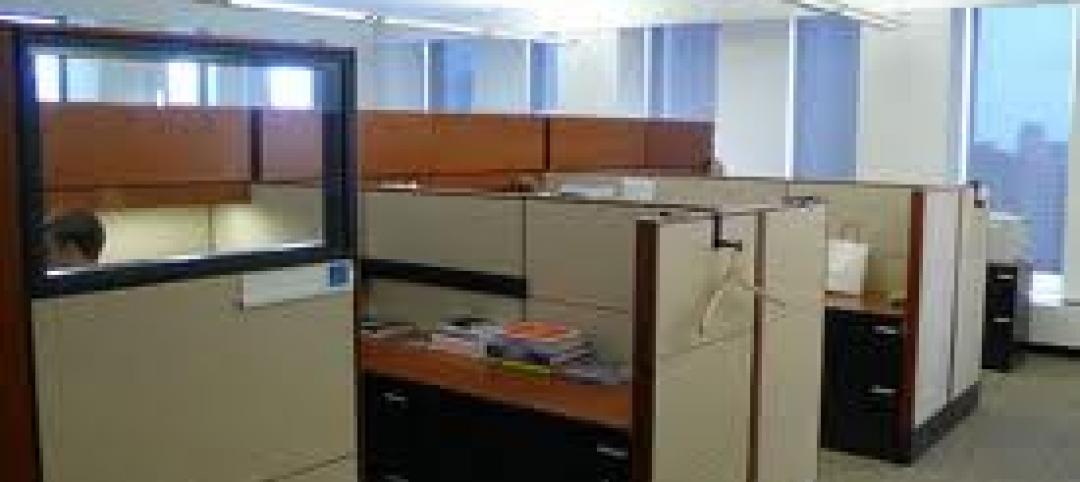When the Boston Watch Company opened its factory in 1854 on the banks of the Charles River in Waltham, Mass., the area was far enough away from the dust, dirt, and grime of Boston to safely assemble delicate watch parts. The factory’s production techniques were very advanced for the time, and business boomed.
In 1907 the company changed its name to the Waltham Watch Company, a name that became synonymous with precision movement and quality timepieces. Several of its watches reside in the Smithsonian Institution’s collection, including Model 1857, Serial No. 67613, a pocket watch gifted to President Abraham Lincoln to commemorate the Gettysburg Address.
As the brand grew in prominence, Waltham became known throughout the world as “Watch City.” Worker housing and supporting businesses sprang up around the factory, transforming the country town into an urban environment. Over the course of a century the factory grew to nearly 500,000 sf, making it one of the world’s largest brick buildings; its frontage along Crescent Street alone was a quarter mile in length.
Despite its massive size, the factory had exceptionally narrow floor plates, less than 25 feet wide from wall to wall in the work areas. The slender design and numerous oversized windows and skylights guaranteed that high levels of natural light flooded the workspaces and provided enough illumination for workers to manipulate tiny watch parts with precision—particularly important in those years before the factory was electrified.
Watchmaking at the factory was discontinued in 1957, but a number of tenants occupied parts of the building over the years, so it was never completely abandoned, nor was its Industrial Revolution architecture ever significantly altered.
That was good news for developer and new owner Berkeley Investments, which saw tremendous potential in the historic building with amazing river views and proximity to the Route 128 tech corridor and downtown Boston. The owner/developer assembled a Building Team that included Bruner/Cott & Associates (architect), Columbia Construction (GC), Epsilon Associates (historic consultant), and Pine & Swallow Associates (environmental consultant) to transform the property into a mixed-use complex with modern office space, retail, restaurants, and residential lofts.
The project was broken up into two phases: a 177,000-sf office component (phase one) and a retail/residential component (phase two, still under construction). The $25 million phase one rehab earned a Gold Award and praise from our judges. “Its reuse is to be celebrated,” said Reconstruction Awards judge Martha Bell, FAIA, LEED AP, principal at Tilton Kelly+Bell, Chicago.
Because the building was in decent shape, the Building Team was able to concentrate on reworking a 19th-century factory into a 21st-century office complex. The major focus: make the imposing structure more approachable and welcoming, create modern, user-friendly interior spaces, and provide a connection between the interior and the outdoors. The main entrances along Crescent Street were reconstructed, and a public exhibit space was installed in the lobby.
Additional access points open the building to the Riverwalk, a pedestrian walking/biking path along the Charles River developed in collaboration with the city’s Department of Conservation and Recreation, and to several courtyards within the complex. The landscaped courtyards serve as rain gardens to cool and clean the stormwater before it’s released into the river. Additional exterior work included brick repair and repointing, repairs to the slate roof, and stabilization of the central smokestack.
The factory’s interior was left largely intact, aside from the installation of the typical modern upgrades: HVAC, electrical, plumbing, telecom, life/safety, ADA compliance. Additional work focused on opening blocked freight passageways to improve interior circulation and views through the building, removing lead paint, and repairing exposed brick walls and timber ceilings. The window sashes, which had been replaced in the 1980s, were fitted with replicas of the originals. The window frames, however, remain original to the building. Thermal calculations and water-pressure testing proved the frames were still viable.
Almost three-quarters of the office space is leased, once again bringing jobs and activity to the South Side of Waltham. “They recreated the nerve center of the community,” said Reconstruction Awards judge David Callan, PE, SVP at Environmental Systems Design, Chicago. “The neighborhood surrounding it is there because of this factory, and bringing it back reenergizes the community.” BD+C
PROJECT SUMMARY
Building Team
Submitting firm: Bruner/Cott & Associates (architect)
Owner/developer: Berkeley Investments
Structural engineer: DM Berg Consultants
MEP engineer: Avid Engineers
GC: Columbia Construction
Historical consultant: Epsilon Associates
Environmental consultant: Pine and Swallow Associates
Landscape design: Richard Burch Associates
General Information
Size: 177,000 gsf
Construction cost: $25 million
Construction period: February 2008 to July 2009
Delivery method: Design-bid-build
Related Stories
| Mar 14, 2012
Firestone names 2012 Master Contractor Award Winners
Annual award acknowledges industry’s top roofing professionals.
| Mar 14, 2012
Plans for San Francisco's tallest building revamped
The glassy white high-rise would be 60 stories and 1,070 feet tall with an entrance at First and Mission streets.
| Mar 14, 2012
Hyatt joins Thornton Tomasetti as VP in Chicago
A forensic specialist, Hyatt has more than 10 years of experience performing investigations of structural failures throughout the U.S.
| Mar 14, 2012
Tsoi/Kobus and Centerbrook to design Jackson Laboratory facility in Farmington, Conn.
Building will house research into personalized, gene-based cancer screening and treatment.
| Mar 13, 2012
China's high-speed building boom
A 30-story hotel in Changsha went up in two weeks. Some question the safety in that, but the builder defends its methods.
| Mar 13, 2012
Commercial glazer Harmon expanding into Texas
Company expanding into the Texas market with a new office in Dallas and a satellite facility in Austin.
| Mar 13, 2012
Worker office space to drop below 100-sf in five years
The average for all companies for square feet per worker in 2017 will be 151 sf, compared to 176 sf, and 225 sf in 2010.
| Mar 12, 2012
Improving the performance of existing commercial buildings: the chemistry of sustainable construction
Retrofitting our existing commercial buildings is one of the key steps to overcoming the economic and environmental challenges we face.















